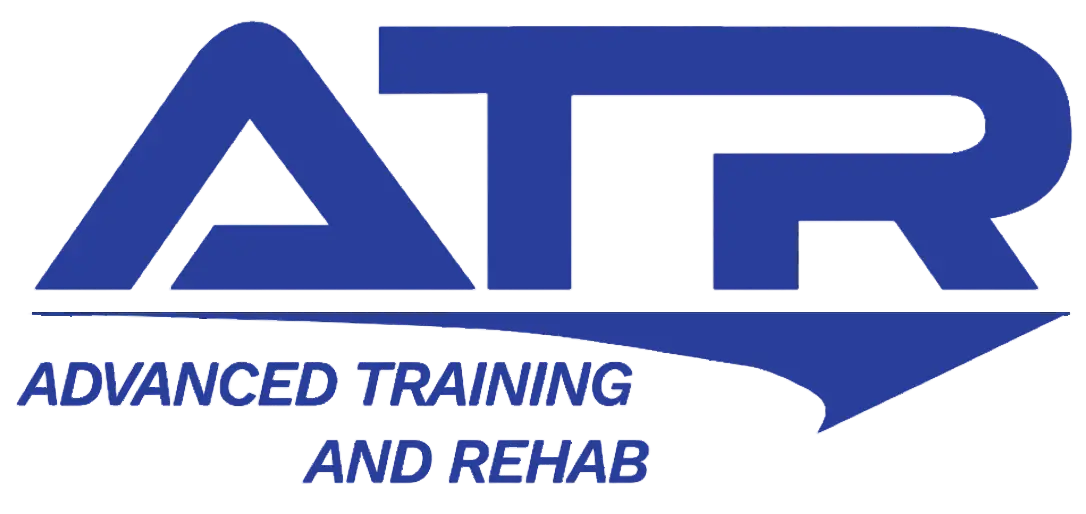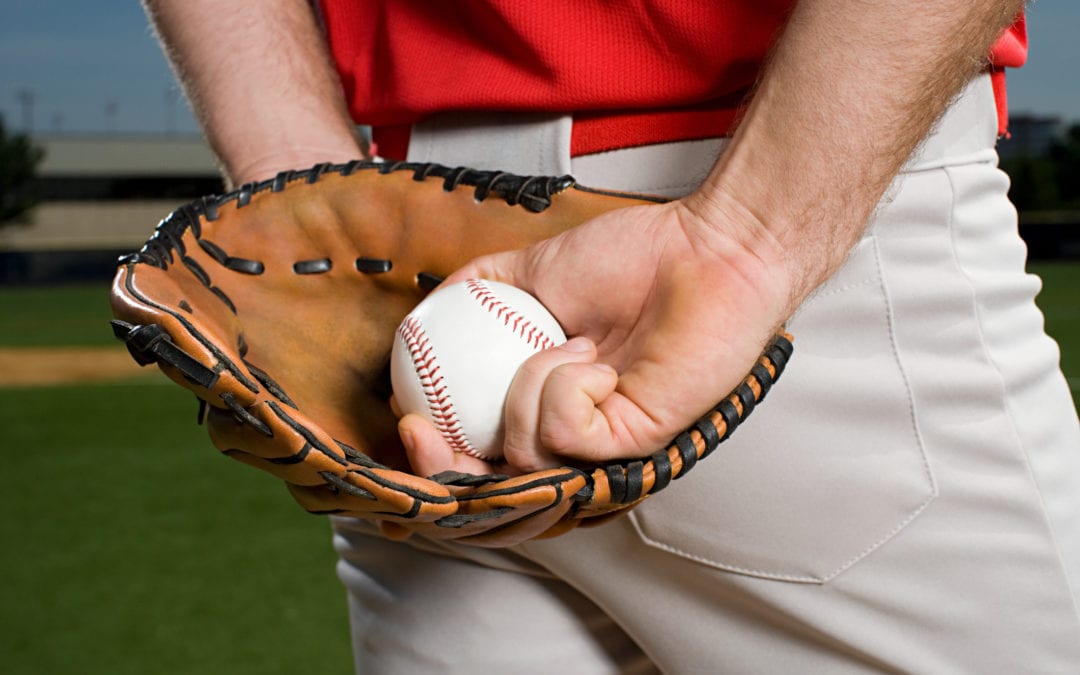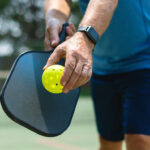Pitching is one of the fastest human movements in the body. The arm rotates at a rate equal to 20 revolutions per second. Significant stresses are distributed throughout the shoulder and elbow during the various phases of pitching. It has been found that 50% of all little league/high school pitchers experience pain at some point in the season whether it be in the elbow or shoulder. Research also shows that 15% of all pitching appearances will result in shoulder or elbow pain. The predisposing factor that correlates to the highest percentage of shoulder injuries in little league pitchers was complaints of muscle fatigue. Muscle fatigue whether during a game or during the course of the season results in altered throwing mechanics, including decreased knee lift during windup, decreased shoulder rotation, decreased velocity, as well as, decreased hip and trunk rotation. The result of continued throwing in the presence of muscle fatigue is injury. There are several factors that contribute to fatigue and increase a young pitcher’s risk of injury. The risk factors are as follows:
- Year round throwing: Proper recovery is essential for a throwing athlete. It is suggested that for at least three months a year, a baseball pitcher should not play any baseball, participate in throwing drills, or participate in other stressful overhead activities (javelin throwing, football quarterback, softball, competitive swimming, etc.) An athlete should however, incorporate a year round conditioning program.
- Seasonal overuse: Young pitchers often pitch on more than one team and tend to pitch in more than 2 games a week. Pitchers should be limited to 2 appearances a week. A pitcher should not pitch for more than one team in a season. Research suggests that pitch count is more important that the number of innings pitched or games played. Coaches and parents should refer to pitch count guidelines in an effort to prevent injury. Pitch count increases with age.
- Event overuse: A pitcher should never return to the mound in a game in which he/she has already been removed. Muscles, tendons, and ligaments need time to “cool down” after physical activity, just like they need to “warm up” before activity. See attached pitch count guidelines.
- Early breaking pitches: A pitcher should master the fastball before progressing to any off speed pitches. The pitching mechanics of a professional pitcher and little league pitcher are strikingly similar therefore, a young pitcher’s primary focus should be on mastery of pitching mechanics. Breaking balls should not be thrown in competition until the athlete’s bones have matured (i.e. puberty).
- Velocity > 80mph: Increase stress is placed on the elbow and shoulder as an athlete develops more speed on his/her pitches. The higher the velocity, the more stress that is placed on the elbow making it imperative that a pitcher’s mechanics are highly developed. The harder a pitcher throws, the more likely he/she is to be recruited to pitch in more games, in crucial situations, and on back to back days. This scenario significantly increases a pitchers risk of injury.
- Inadequate warm up: Athletes as a whole should spend adequate time warming up, for the throwing athlete, it is crucial. The muscles need to be stretched and some light resistance applied in order to increase flexibility and blood flow prior to throwing. Throwing should begin with soft toss at a short distance and progress to long toss prior to taking the mound where you will begin throwing to a catcher. (See protocol).
- Show cases: Pitchers tend to overthrow when being observed by a group of coaches or scouts. They also tend to throw a large number of pitches. There is also the risk of participating in too many show cases in a short period of time and not allowing the arm to recover. Additionally, show cases are often at the end of a pitcher’s season when his/her body needs rest and recovery. Emphasis on showcases should be downplayed.
Pitch Counts
Pitch count limits pertain to pitches thrown in games only. These limits do not include throws from other positions, instructional pitching during practice sessions, and throwing drills, which are important for the development of technique and strength. Backyard pitching practice after a pitched game is strongly discouraged.
| Age | Max. Pitches/Game | Max. Pitches/Week | Pitches/Season | Pitches/Year |
| 8-10 | 50 | 75 | 1000 | 2000 |
| 11-12 | 75 | 100 | 1000 | 3000 |
| 13-14 | 75 | 125 | 1000 | 3000 |
| 15-16 | 90 | |||
| 17-18 | 105 |
Ages to Learn Types of Pitches
| Pitch | Age |
| Fastball | 8 |
| Change up | 10 |
| Curveball | 14 |
| Knuckleball | IS |
| Slider | 16 |
| Forkball | 16 |
| Splitter | 16 |
| Screwball | 17 |
References:
Andrews, JA. Management of Rotator Cuff Pathology in the Throwing Athlete. ASMI: Injuries in Baseball Conference, 2004, Orlando Fl.
Axe, Mi, Windley Th, Snyder-Madder Ly. Data-Based Interval Throwing Programs for Collegiate Softball Players. Journal of Athletic Training, 2002: 37(2): 194-203
Coleman GE. 2000. 52 Week Baseball Training. Human Kinetics
Coyle ED, Coleman GE, Gearity BR, et al. Sport Specific Training Conference. 2005. National Strength and Conditioning Association.
Loftice JE, Fleisig GL, Wilk, KE, Reinold Mi, Chmielewski Te, Escamilla Ra, Andrews Ja. Conditioning Program for Baseball Pitchers. Americal Sports Medicine Institute 2nci edition, 2004.
Reinold, Ml. Strength and Conditioning: Principles for the Preadolescent and Adolescent player. ASMI: Injuries in Baseball Conference, 2004, Orlando Fl.
Snyder-Madder L Y. Special Rehabilitation Considerations for the Softball Pitcher. ASMI: Injuries in Baseball Conference, 2004, Orlando Fl.
Thurston, BI Pregame Warmup Routine. Amherst College 2004
Wilk, KE, Meister KE, Andrews, JA. Current Concepts in the Rehabilitation of the Overhead Throwing Athlete. The American Journal of Sports Medicine, 2002 Vol. 30, No.1 136-150
Wilk, KE, Rehabilitation Following Rotator Cuff Debridement and Rotator Cuff Repair in Overhead Athletes. ASMI: Injuries in Baseball Conference, 2004, Orlando Fl.




